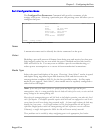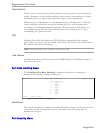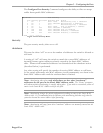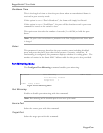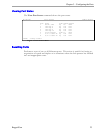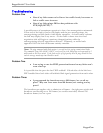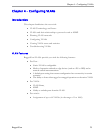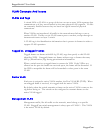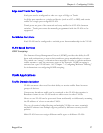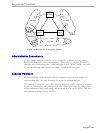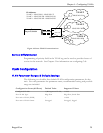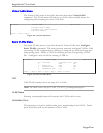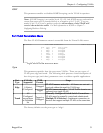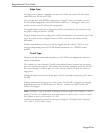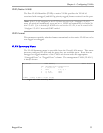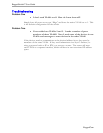
Chapter 4 – Configuring VLANs
Edge And Trunk Port Types
Each port can be configured to take on a type of Edge or Trunk.
An Edge port attaches to a single end device (such as a PC or IED) and carries
traffic on a single pre-configured VLAN.
Trunk ports are part of the network and carry traffic for all VLANs between
switches. Trunk ports must be manually programmed with the VLANs to be
supported.
Forbidden Port Lists
Each VLAN can be configured to exclude ports from membership in the VLAN.
VLAN Based Services
IGMP Snooping
The Internet Group Management Protocol (IGMP) provides the ability for IP
hosts and workstations to report their multicast group memberships to routers.
The switch can “snoop” or monitor these messages in order to restrict multicast
traffic streams to only the necessary parts of the network. IGMP snooping is
activated on a per-VLAN basis. See “Chapter 7 – Configuring Multicast Filtering”
for information on configuring IGMP snooping.
VLAN Applications
Traffic Domain Isolation
VLANs are most often used for their ability to restrict traffic flows between
groups of devices.
Unnecessary broadcast traffic can be restricted to the VLAN that requires it.
Broadcast storms in one VLAN need not affect users in other VLANs.
Hosts on one VLAN can be prevented from accidentally or deliberately assuming
the IP address of a host on another VLAN.
The use of creative bridge filtering and multiple VLANs can carve seemingly
unified IP subnets into multiple regions policed by different security/access
policies.
Multi-VLAN hosts can assign different traffic types to different VLANs.
RuggedCom
27



